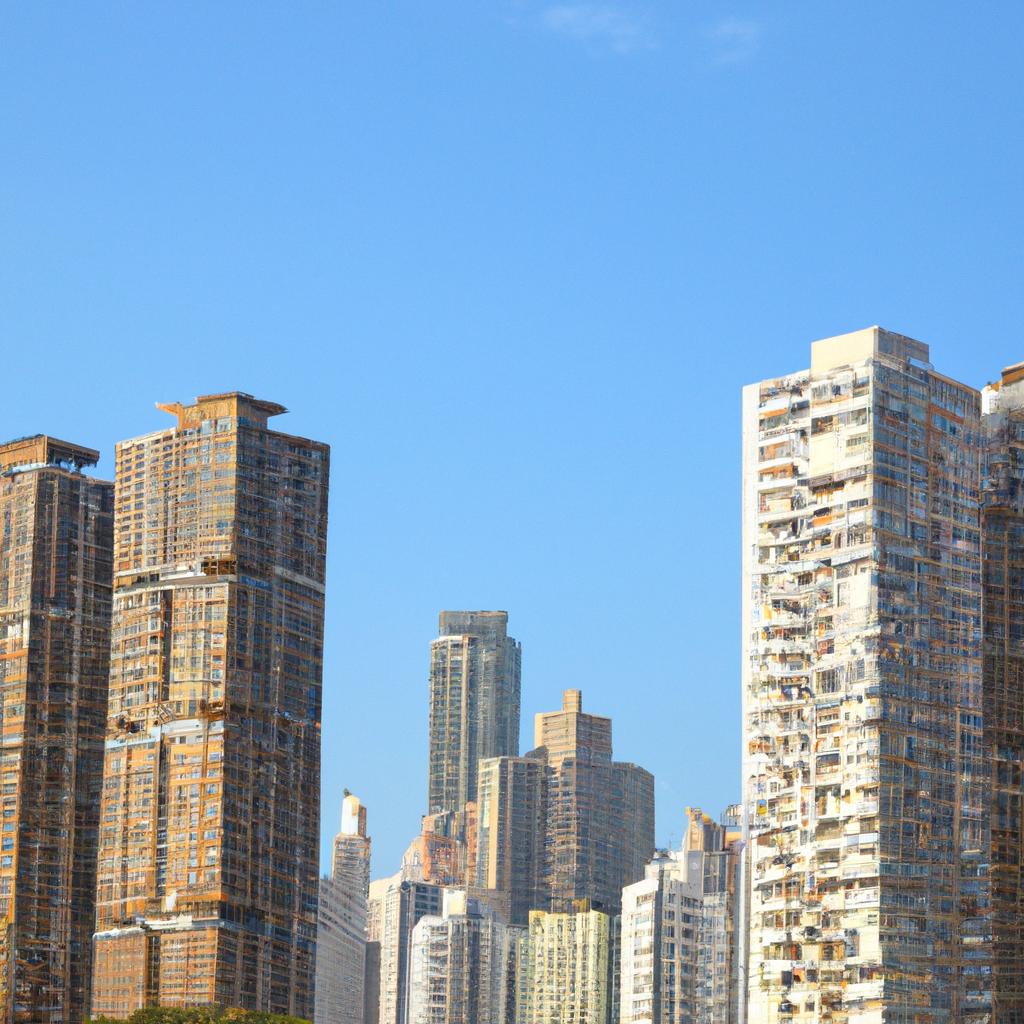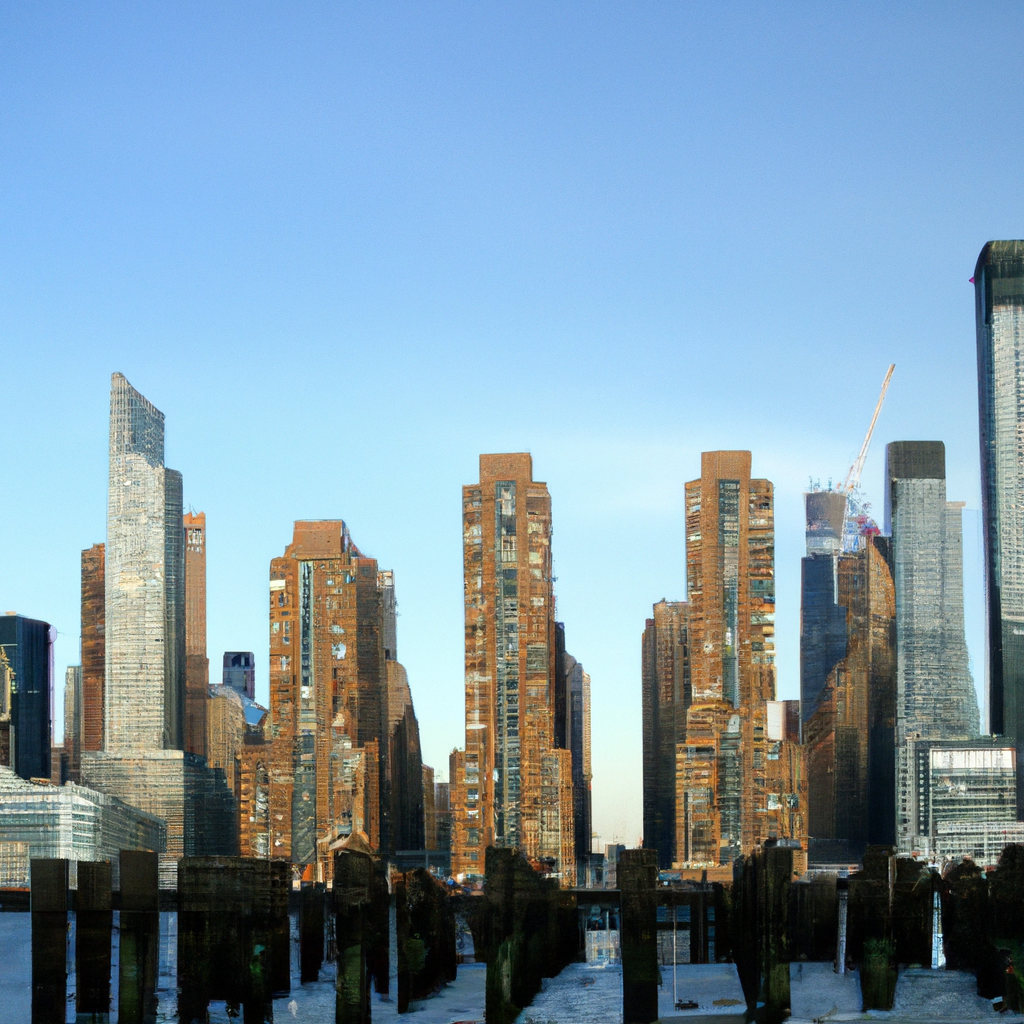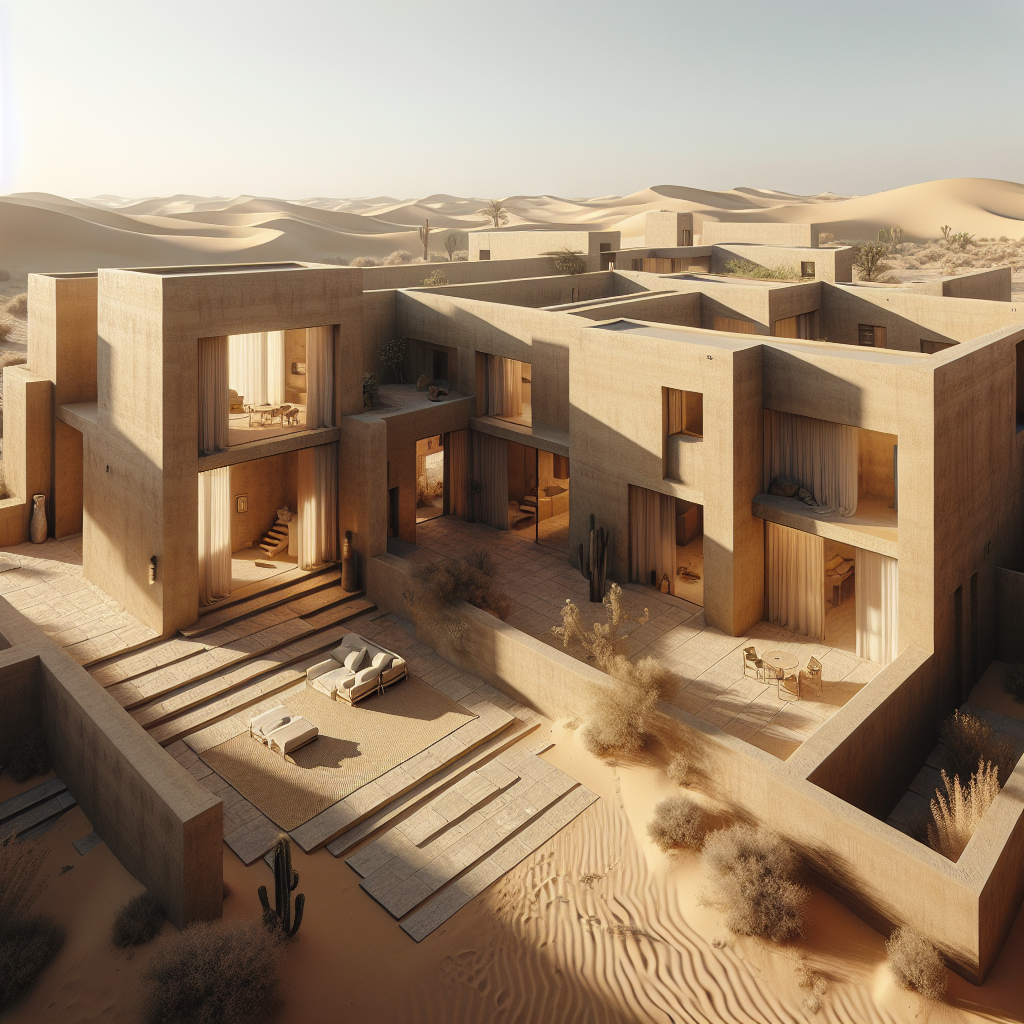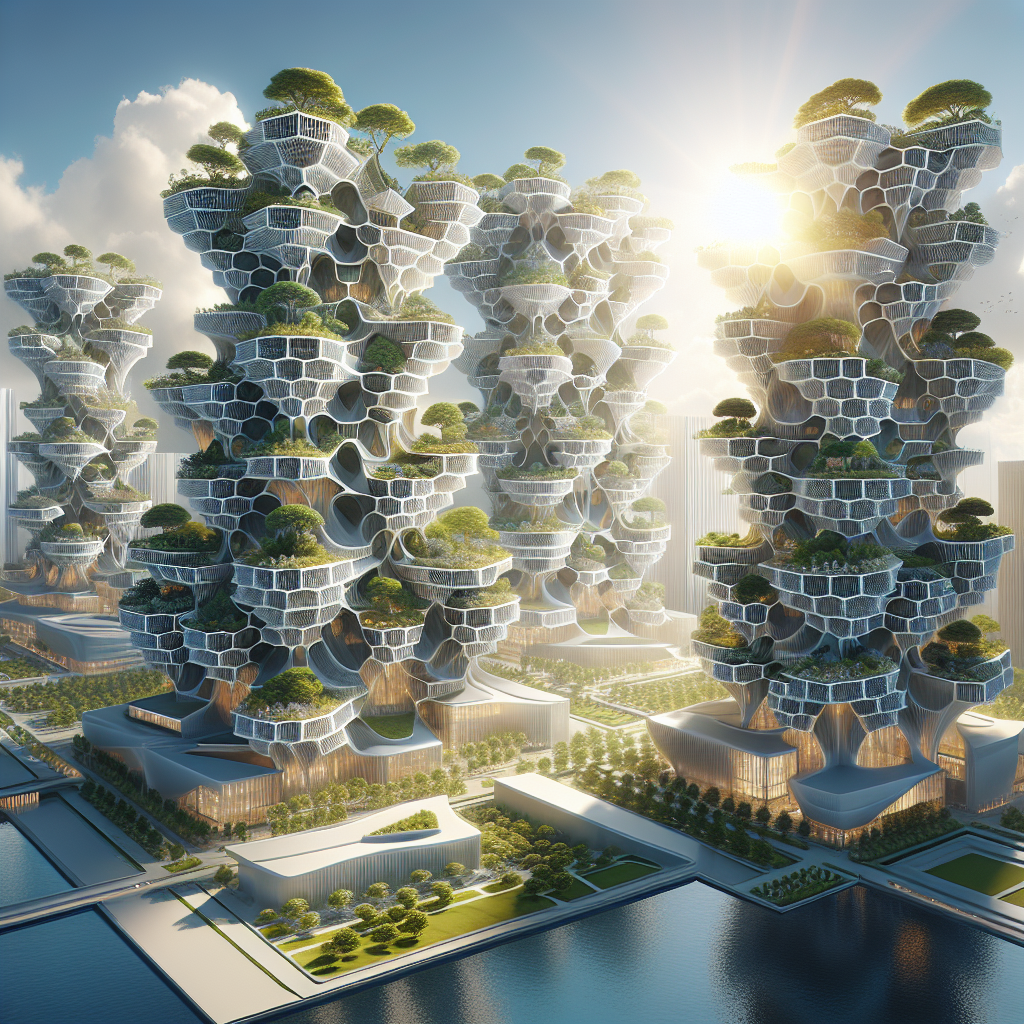Wooden Skyscrapers: The Rise of Timber in High-Rise Construction
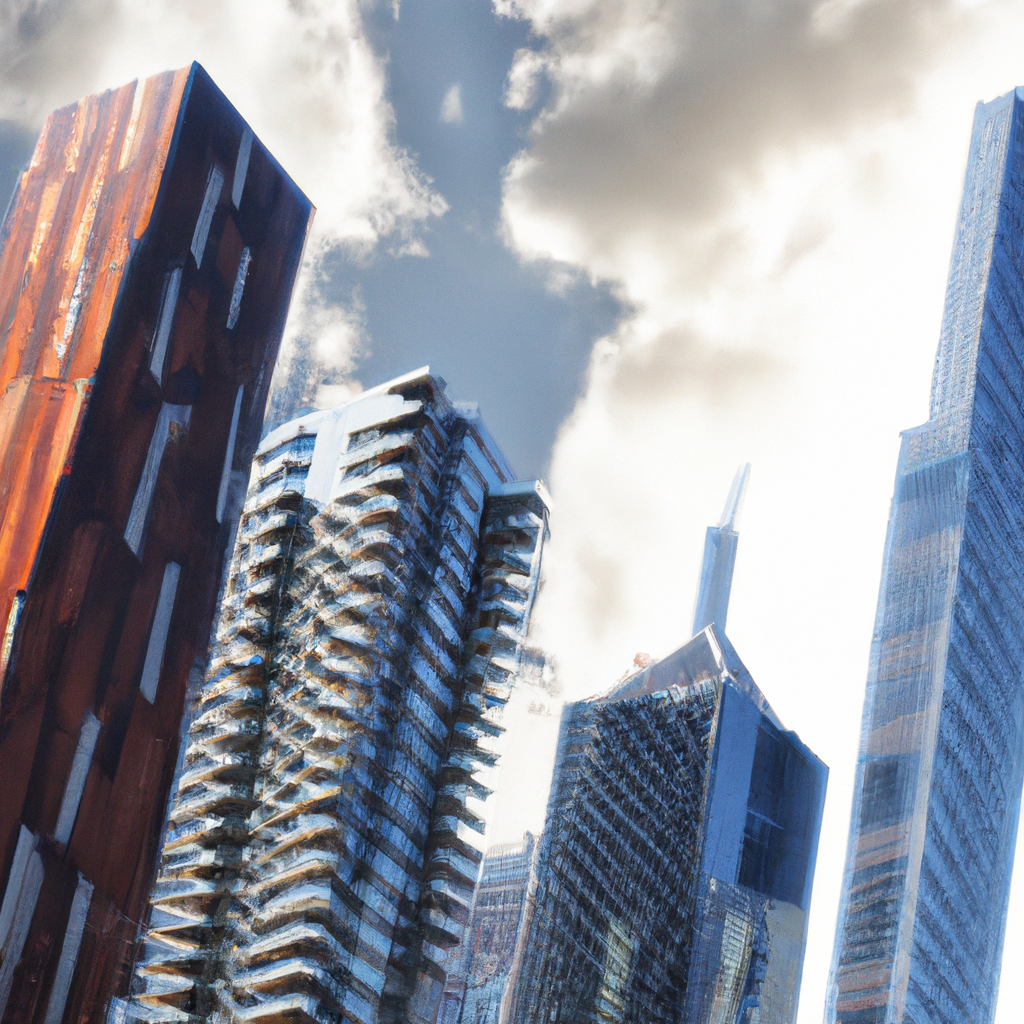
Wooden Skyscrapers: The Rise of Timber in High-Rise Construction
The concept of wooden skyscrapers has been around for centuries, but in recent years, the idea has been gaining traction. The construction of tall timber buildings is becoming increasingly popular as architects and engineers explore the potential of wood as a building material. As the world continues to grapple with climate change, the use of wood in high-rise construction is becoming more attractive due to its sustainability and environmental benefits.
The Benefits of Wooden Skyscrapers
Wooden skyscrapers offer a range of benefits over traditional steel and concrete structures. For starters, wood is a renewable resource, making it an attractive option for those looking to reduce their carbon footprint. Additionally, wood is lighter than steel and concrete, making it easier to transport and install. This reduces the amount of energy needed to construct a building, resulting in lower construction costs.
Wooden skyscrapers also offer a range of aesthetic benefits. The natural beauty of wood is often more attractive than the cold, industrial look of steel and concrete. Wood also offers more flexibility in terms of design, allowing architects to create unique, eye-catching structures.
The Challenges of Wooden Skyscrapers
Despite the numerous benefits of wooden skyscrapers, there are still some challenges that need to be addressed. One of the biggest issues is fire safety. Wood is highly flammable, so special measures must be taken to ensure the safety of occupants in the event of a fire. This includes the use of fire-resistant coatings, sprinkler systems, and fire-resistant walls and ceilings.
Wooden skyscrapers also require more maintenance than steel and concrete structures. Wood is prone to rot and decay, so regular inspections and maintenance are necessary to ensure the structure remains safe and sound.
The Future of Wooden Skyscrapers
Despite the challenges, the future of wooden skyscrapers looks bright. Architects and engineers are constantly exploring new ways to make wooden structures safer and more efficient. For example, new technologies such as cross-laminated timber (CLT) and mass timber are making it easier to construct tall timber buildings.
As the world continues to grapple with climate change, the use of wood in high-rise construction is becoming more attractive due to its sustainability and environmental benefits. Wooden skyscrapers offer a range of benefits over traditional steel and concrete structures, and with the right measures in place, they can be just as safe and efficient as their steel and concrete counterparts.
Wooden skyscrapers are becoming increasingly popular, and it is likely that we will see more of them in the future. As architects and engineers continue to explore the potential of wood as a building material, wooden skyscrapers may become the norm in high-rise construction.
